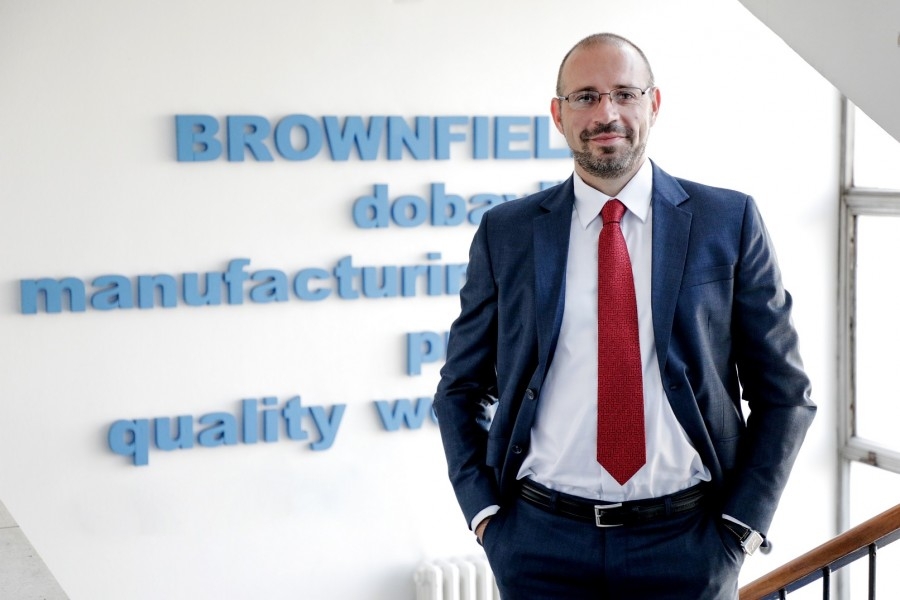 Photo: Razvojna agencija Srbije
Photo: Razvojna agencija SrbijeSerbia is highly positioned on the investment map of Europe, especially in the industry and logistics sectors, and in light of the current global circumstances that have changed the way of doing business, it is predicted that Southeastern and Central Europe will be much more suitable for the development of this type of real estate and business in the next five years compared to Western Europe. We spoke to Radoš Gazdić, director of the Development Agency of Serbia, about the investment potential of industrial and free zones, the progressive expansion of industrial parks of all kinds, and the factors that keep investments in Serbia strong even during times of crisis.
How do you rate the current position of Serbia and its potential in relation to Europe? Are investors showing more interest in logistics and the industrial sector?
Globally, things are changing, and many Asian and European companies that previously produced goods in Asia for the European market are now trying to relocate those operations closer to their primary customers. Certainly, that process will be beneficial to Serbia and the rest of Southeast Europe. Geographically speaking, Serbia has always been in a very strong position, but in order to fully realize this potential, additional investment in strengthening the entire transport infrastructure is required. Modern infrastructure will bring Serbia, as well as the entire region, closer to the more developed parts of Europe.
For several years now, Serbia has been one of the most attractive investment destinations, which is supported by the fact that it has seen record inflows of foreign direct investments in recent (pandemic) years. In 2022, the highest amount of 4.4 billion euros was recorded so far, bringing the average annual inflow of FDI for the last five years to 3.7 billion euros.
Over the years, Serbia has patiently built a leadership position, not only in the region but also among the leading countries in Europe and the world in terms of the number of foreign direct investments in relation to the size of its economy, according to FDI Intelligence, a specialized service of the Financial Times (2019 was the first in the world). Also, according to IBM's annual reports on the world's best locations for investment ("IBM Global Location Trends 2020"), Serbia was the world leader for four years in a row in terms of the number of jobs created through FDI projects and in terms of population. Serbia is at the top of the list in Europe, according to a recent EY publication that uses the average number of open jobs per project in 2022 as a criterion. Perhaps we should also mention the special report "European Cities and Regions of the Future 2022–23", where Belgrade is ranked among the top ten largest European cities, promising investment locations in all categories (business environment, human capital, lifestyle, etc.).
Serbia has many benefits as a location for investments, including its strategic location, extensive investments in improving all types of infrastructure, highly skilled workers, free trade agreements, a market of 1.3 billion consumers, an impressive number of renowned companies that have already established operations there, and economic, fiscal, and political stability. This is a significant part of the reason why companies decide to start or expand their business with us. Additionally, according to the assessment of the World Bank and the Doing Business report, Serbia has made one of the biggest advancements, precisely in the segment of issuing building permits, as a result of the digitization of the entire process.
We have witnessed that, following the needs of the market, numerous companies—developers and investors in industrial and logistics facilities—have recognized the potential for their businesses in Serbia. Some of them have been here for several years and have a large number of projects behind them, such as CTP, while others have just started but are intensively conquering the market, such as VGP.
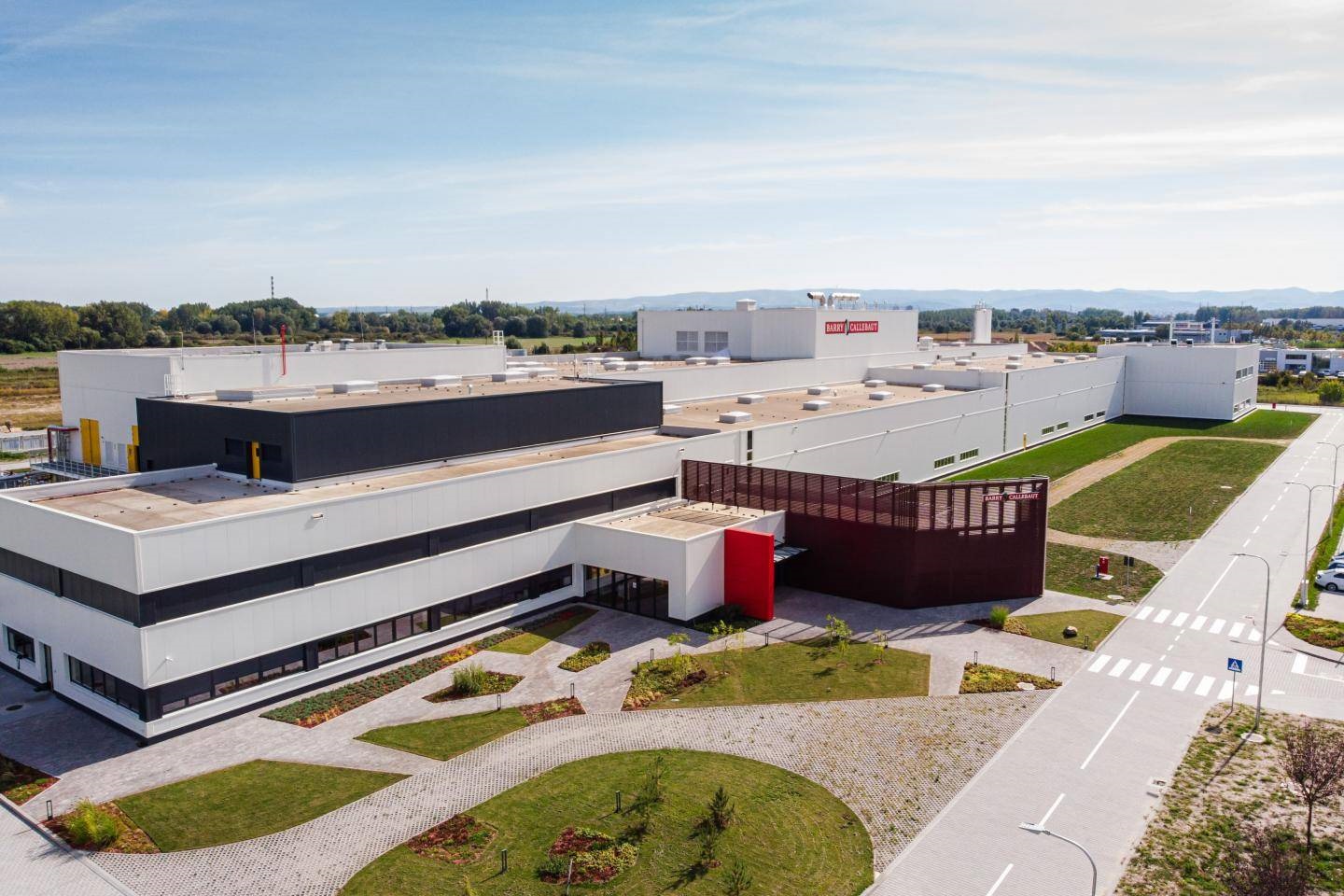
Barry Callebaut, Novi Sad
Is it known how many industrial and logistical facilities there are currently in Serbia, and has this industry seen any recent growth?
Although the Development Agency has a database of greenfield and brownfield locations that it regularly updates, it still does not have a precise number of these facilities. It is certainly evident that their number is growing. With the overall economic growth and the intensive development of the transport infrastructure, the growth of the number of industrial and logistics facilities in the last few years is also evident. Consequently, the market is richer for companies that develop and build these facilities on a "turnkey" basis, but an increasing number of companies are opting for the so-called "build-to-suit/lease" option. Some of the most important companies operating in Serbia have decided on this method of construction; recently, the Japanese corporation Nidec opened two of its factories in the rented space.
What types of industries are investors most interested in, and can you give us examples of some major global companies that have recently decided to move production and operations to Serbia?
It is most important to point out that interest in investments in Serbia did not wane even in the crisis years. Some very significant projects started with the realization of investments during the period of the pandemic, the armed conflict in the immediate vicinity, the energy crisis, and all the economic global changes. Also, some of the companies that are already operating in Serbia have reinvested for the second, or even third, time in the mentioned period. Certainly the largest number of investments comes from the automotive industry sector, and, what is important to point out, these projects often involve large research and development centers and are related to the future of this industry, that is, to electro-mobility. The leading companies are the German Bosch, Continental, ZF, and Brose, then the Japanese Nidec, Toyo Tires, the American Rivian, and also the domestic ElevenEs. In order to reduce the risk, it is important to diversify the industries in which investments are made, so we can boast of the investment of the German MTU in the aviation industry sector, as well as numerous projects in the mechanical and electronic industries, and certainly a good part of the investments, not only by foreign but also domestic companies, is in the food industry sector. Recently, the focus has shifted towards capital-intensive investments and industries with a high level of added value, which further generate a higher level of economic development.

Nidec, CTPark Novi Sad
According to data from the Statistical Office of the Republic of Serbia, there are 374 industrial zones in 133 out of 168 municipalities in Serbia, and 1,859 businesses operate there. What are the benefits of operating in industrial zones, and how can you encourage both domestic and foreign investors to take advantage of them more?
Industrial zones are areas that are pre-defined by the local self-government in the urban spatial plan and equipped with the necessary infrastructure for further use. By deciding to operate in an industrial zone, the investor does not have to worry about how to get to the land intended for industrial production. For this purpose, municipalities often build facilities and halls themselves in order to attract a larger number of investors. We should also mention the already-existing, so-called brownfield facilities, which, due to a variety of factors, are no longer in use but represent enormous potential due to their location, the availability of infrastructure, and frequently the market value of the land on which they are located. In Serbia, there are many such places, and by restoring them to their original functions, the local self-government would not only address aesthetic and ecological issues but also the growth of the local economy by attracting new investors.
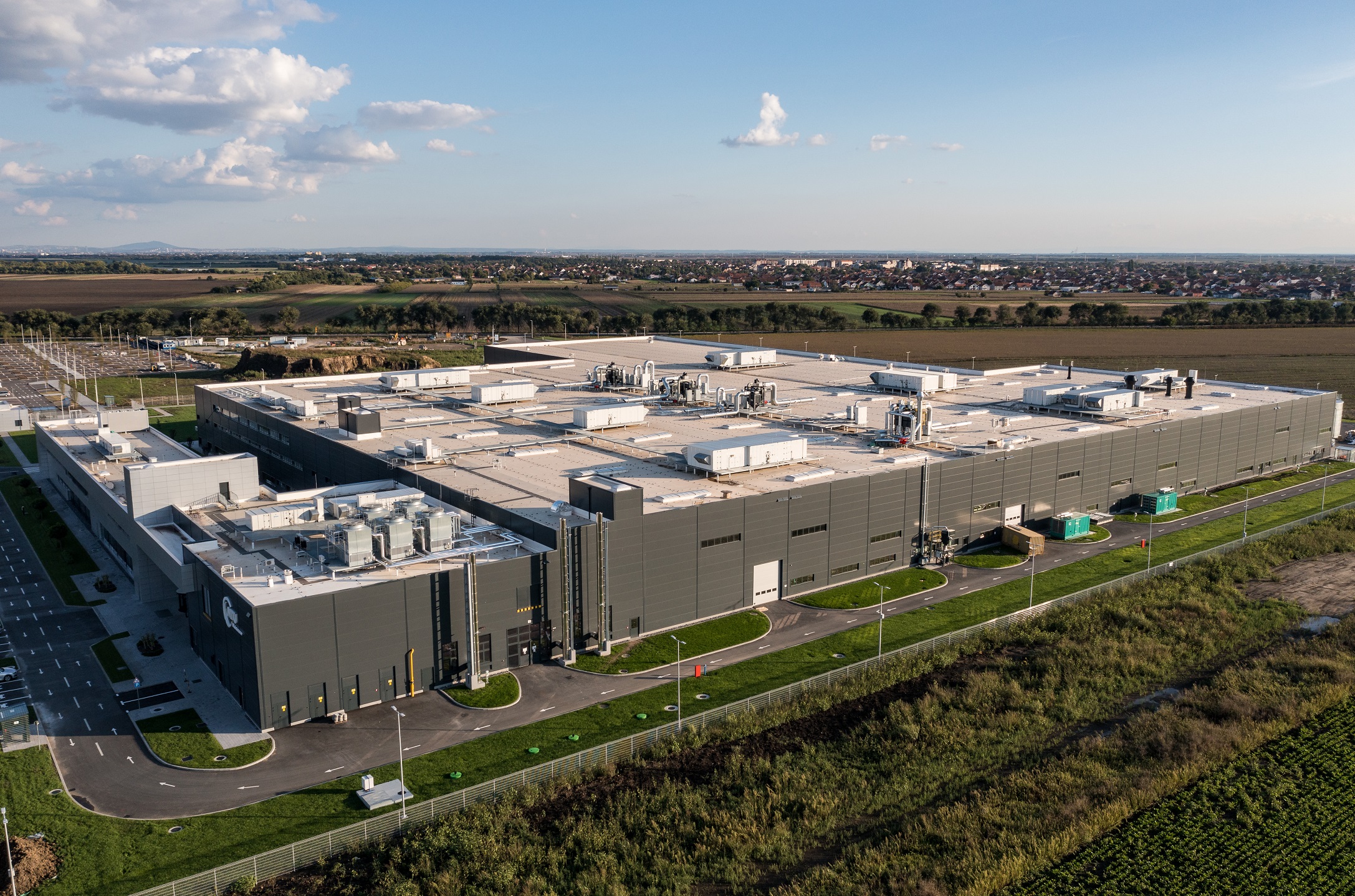
MTU, Nova Pazova
To what extent are the existing industrial zones infrastructurally equipped and operational, and would enhancing their infrastructure lead to higher investment potential?
The development of industrial zones is proportional to the development of local self-government; that is, more developed municipalities usually have better equipment and functionality in the zones. The Agency, in cooperation with relevant ministries and competent public enterprises, comes to the aid of municipalities and tries to provide the infrastructure necessary to attract new projects. Quality infrastructure is always one of the key issues. Adequate electricity power, a high-quality water supply and sewage network, and traffic infrastructure are extremely important issues and reasons that, among other things, determine investors interest in doing business in certain locations. Certainly, zones that can boast that they can offer future users power supplies with "green energy" will play an increasingly important role in attracting modern technologies.
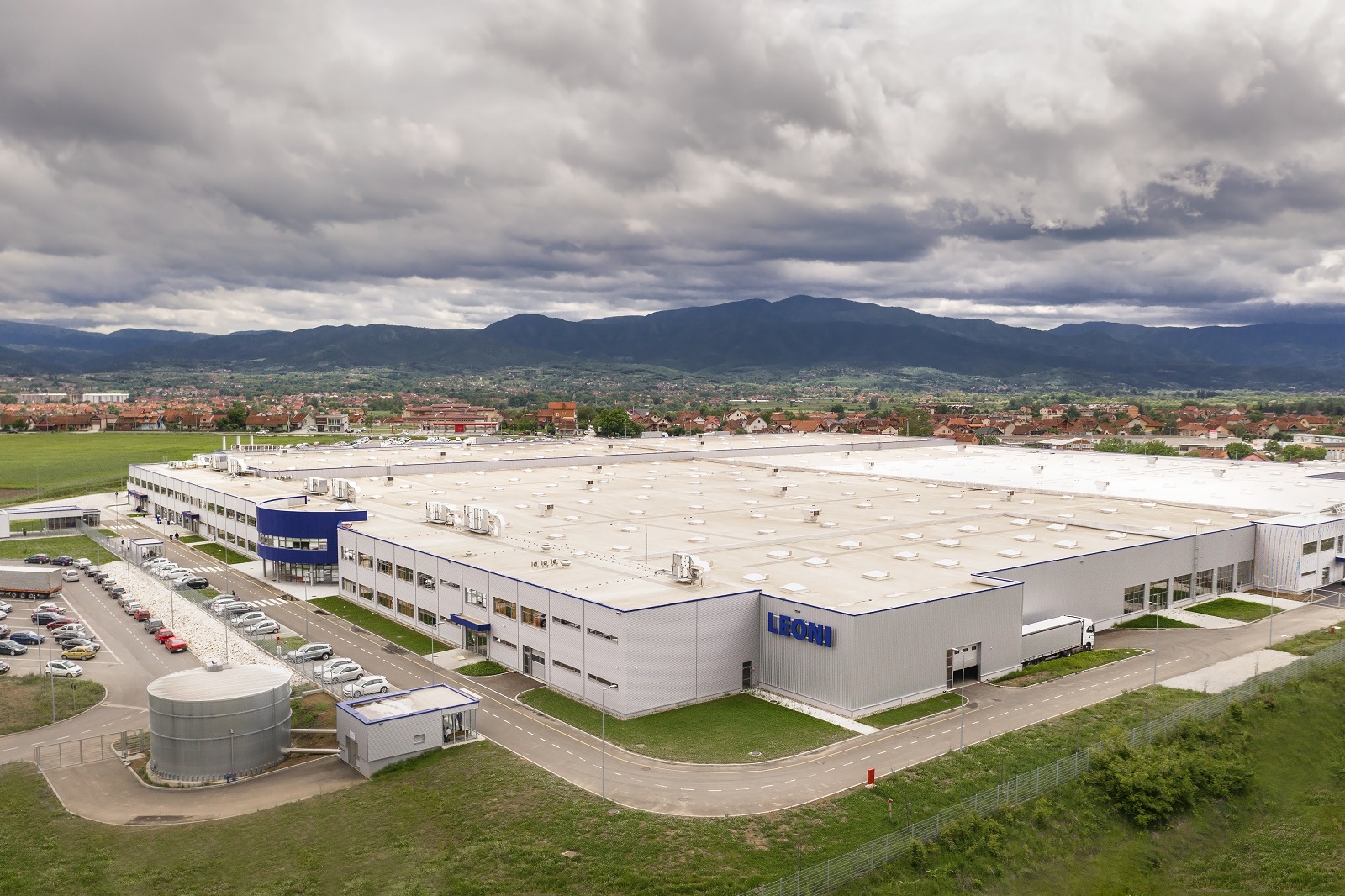
Leoni, Kraljevo
Which municipalities in Serbia have the most developed industrial zones, which industries are most prevalent there, and what are the plans for the zones' future development?
The most developed industrial zones are in Subotica, Pančevo, Novi Sad, Zrenjanin, Indjija, Stara Pazova, Pećinci, Kragujevac, Niš, Valjevo, Leskovac, and Vranje. The most prevalent industries are automotive, food, electrotechnical, and metal processing. Although these are highly developed industrial zones where the largest number of the most significant investments in Serbia were realized, the strategy of the Government of Serbia is to transfer this type of development to other cities and municipalities in Serbia. For this reason, the Government's focus is on supporting the development of new industrial zones in cities and municipalities where not many investment projects have been implemented in order to ensure even and sustainable development.
Is there a plan to build new industrial zones? If so, in which municipalities, and for what kind of investors can they be most attractive?
The development of industrial zones is not centralized; it is up to local governments to decide whether to prepare new industrial zones, and the government only provides support for these activities. The profile of investors for whom these locations can be attractive depends on the profile of the municipalities themselves. It largely depends on the industrial heritage and educational profile, but local resources can also play a role; traditionally agricultural regions are attractive for investments in the food industry, while regions with a tradition in, for example, the leather processing industry are interesting for shoe manufacturers. High-tech investments, as a rule, go to university towns.
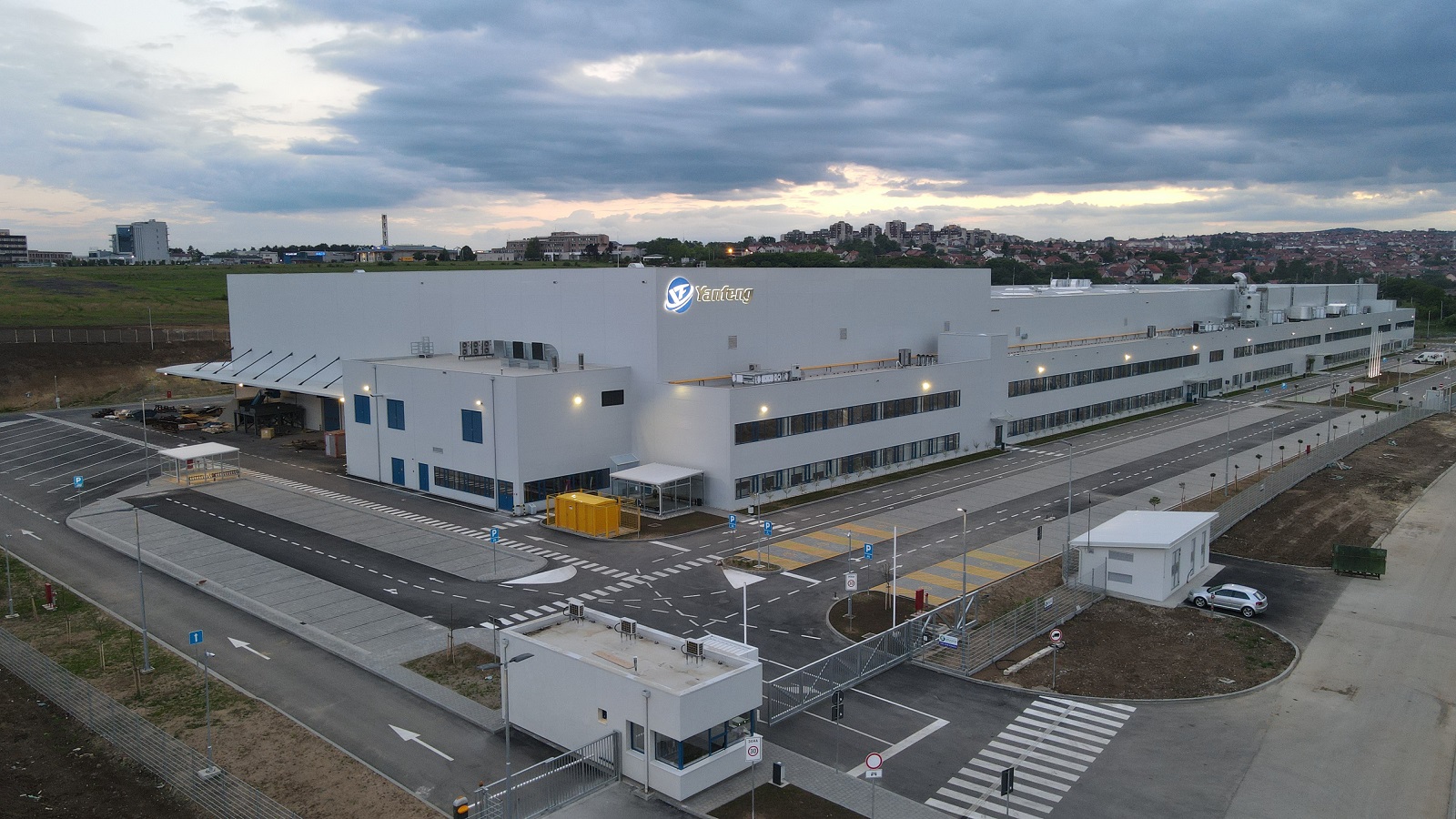
Yanfeng, CTPark, Kragujevac
Serbia has 15 free zones. What sets them apart from industrial ones, and what benefits do they offer?
Free zones are a physically fenced and marked part of the territory of the Republic of Serbia, equipped with infrastructure, where production and service activities can be carried out with certain stimulating benefits. There are currently 15 active free zones in Serbia. In 2021, active free zones achieved a turnover of around five billion euros. About 230 multinational companies with more than 42,000 employees operate in the free zones of Serbia.
By operating in free zones, the investor is provided with special benefits and a preferential tax regime, including exemption from VAT and customs duties on the import of raw materials and materials intended for the production of goods for export, machinery, equipment, and construction materials. The import and export of goods to the zone are unlimited, but of course, the goods imported from the zone to the domestic market are subject to the regime of import of foreign goods.
In addition to industrial and free zones, there are an increasing number of industrial parks developed both by domestic and foreign investors. Which industrial parks in Serbia can serve as role models for new investors who are considering making such investments, and which kind of parks will be the most alluring in the near future—high-tech, production, or logistics?
Unlike industrial zones, which are spatial entities, industrial parks are functional entities. Users are enabled to have others take care of the functioning of the space on their behalf, the necessary technical conditions, and all the details of the functioning of the space that otherwise take away valuable resources necessary for the development and improvement of business. They are always located near important traffic routes, including highways, railways, airports, and/or ports.
All the listed types of parks will certainly be present in the future. What is current now are the eco-industrial parks that Serbia is developing in several locations: Loznica, Novi Sad, Smederevo, Niš, Ćuprija, and Indjija. Also, Indjija is developing a special space and infrastructure for users dealing with advanced technologies. Private initiatives such as the MIND Park in Kragujevac or the chemical park in Prahovo should also be highlighted.
When you summarize everything—the current situation and plans for the further development of industrial and free zones—what would you say to investors: where and in what type of industry is it best to invest in Serbia in the coming period?
You see, we at the Development Agency have been operating on the principle that "the investor knows best where and in which project to invest", and our role is to provide him with all the necessary help and information.
By: Gordana Knežević Monašević
Photo: Development Agency of Serbia